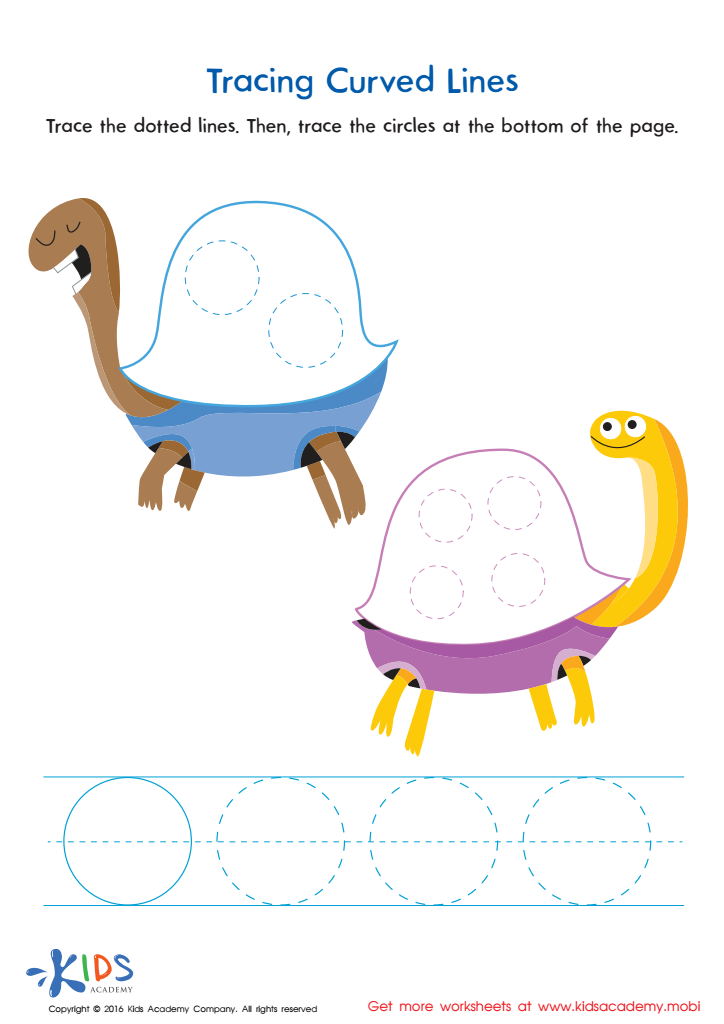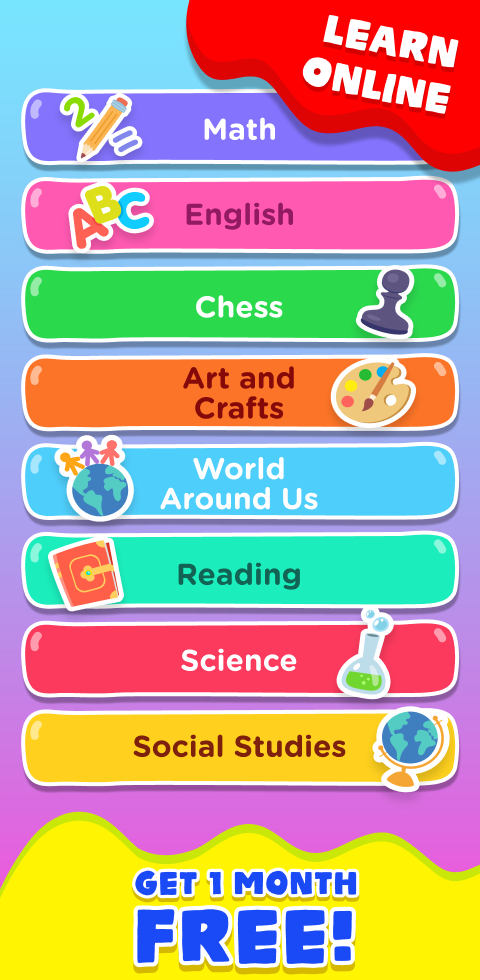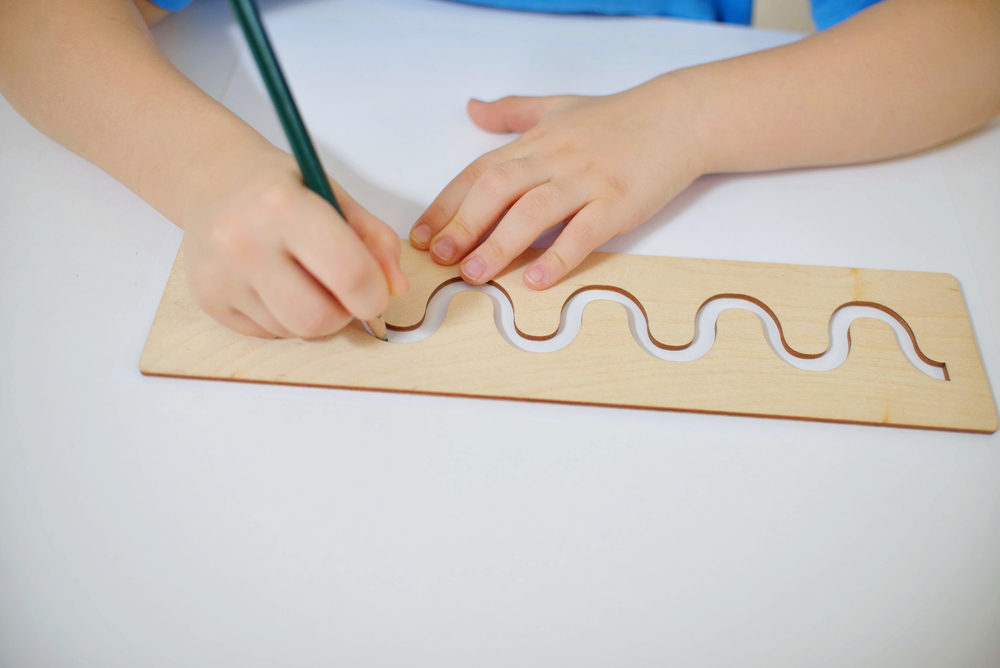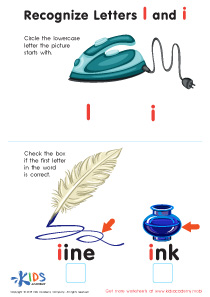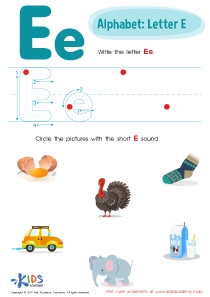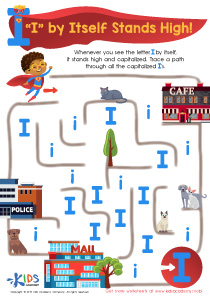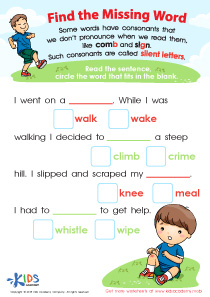Normal Tracing Lines and Curves Worksheets for Ages 4-6
5 filtered results
-
From - To
Explore our "Normal Tracing Lines and Curves Worksheets" designed for ages 4-6! These engaging worksheets help young learners develop fine motor skills and improve hand-eye coordination through fun tracing activities. Children will practice tracing lines and curves, laying a strong foundation for handwriting and drawing. Our colorful and interactive designs capture kids' attention, making learning enjoyable. Perfect for preschool and kindergarten, these worksheets encourage creativity and boost confidence as children master essential skills. Download and print easily to provide engaging practice for home or classroom. Help your little ones gain control of their writing tools while having fun with tracing!
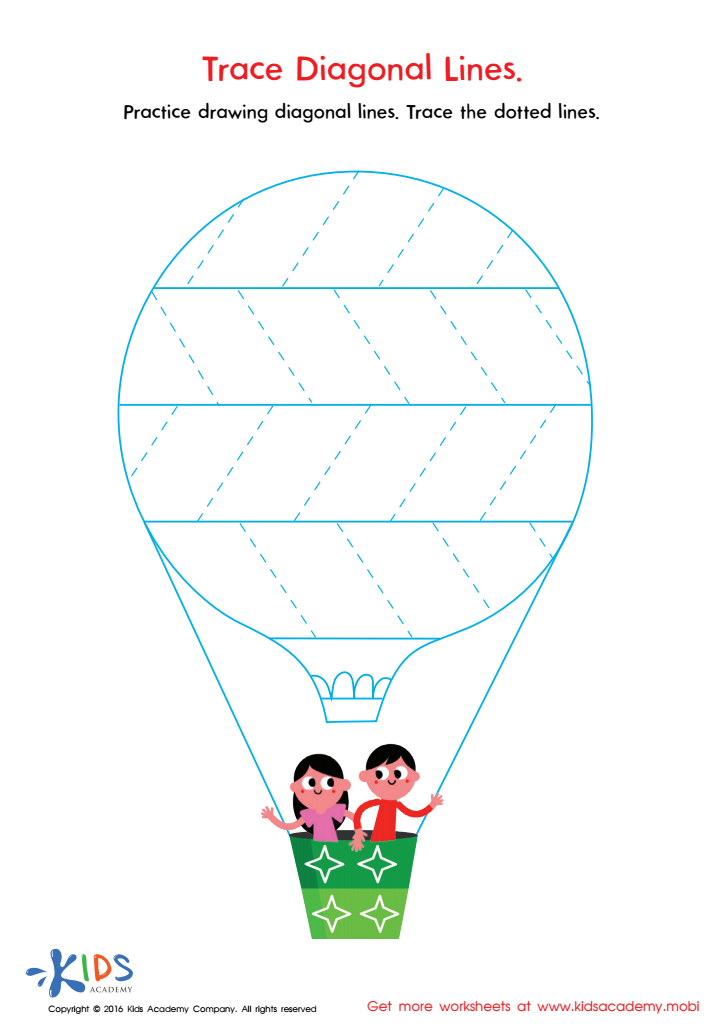

Trace Diagonal Lines Worksheet
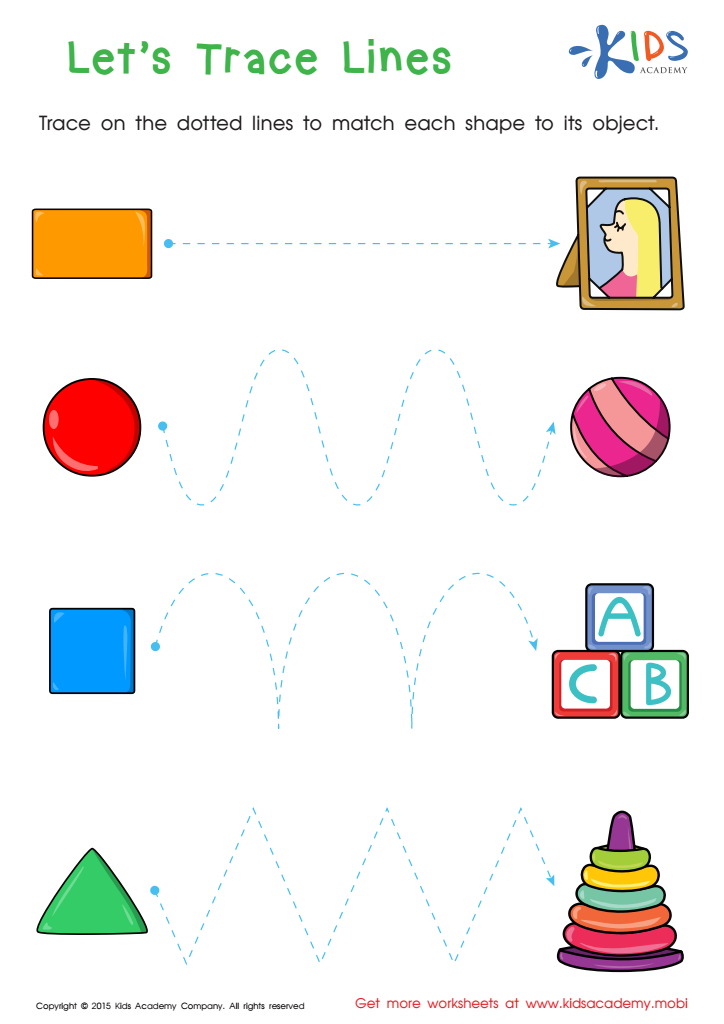

First Words: Let's Trace Lines Worksheet
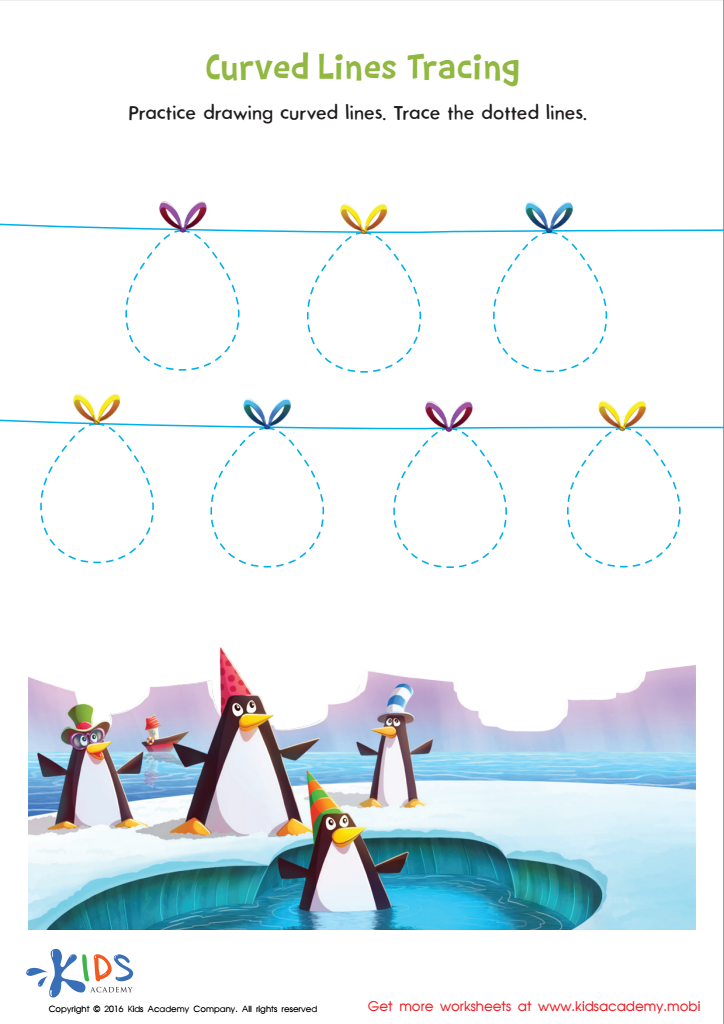

Curved Lines Tracing Worksheet
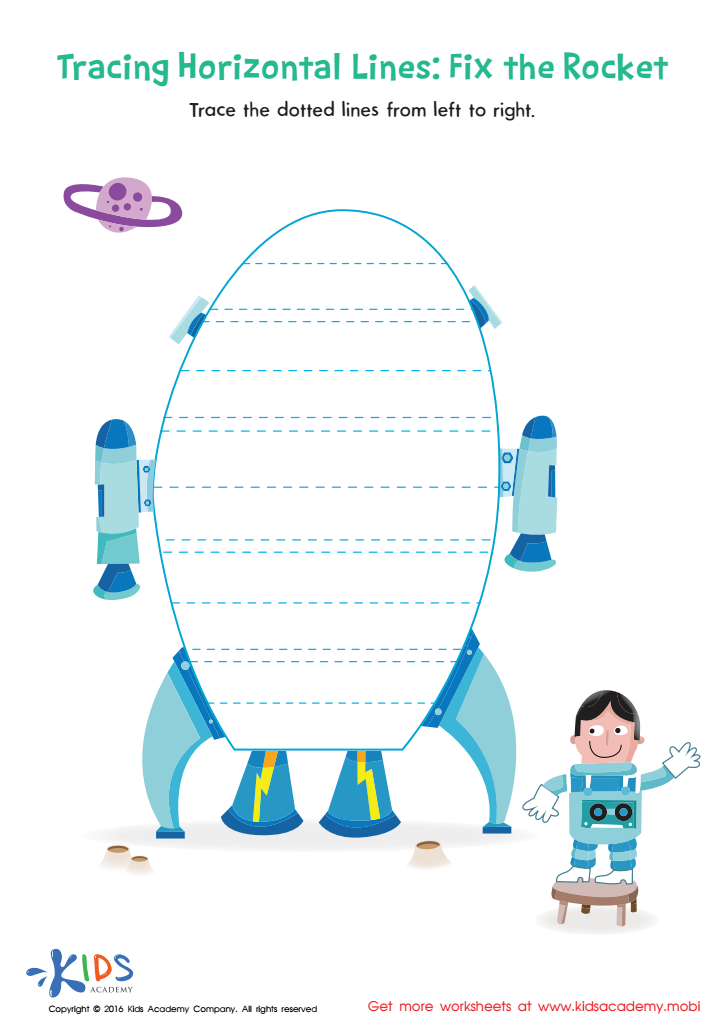

Tracing Horizontal Lines Worksheet
Parents and teachers should care about normal tracing lines and curves for children ages 4-6 because these activities play a critical role in developing fine motor skills essential for handwriting, drawing, and other daily tasks. Engaging young children in tracing lines and curves helps strengthen the small muscles in their hands, improving coordination and dexterity.
Furthermore, tracing supports the development of spatial awareness as children learn the concepts of direction, length, and pattern recognition. This foundational skill is vital for later learning in mathematics and reading. As they trace various shapes, children begin to understand the relationships between different symbols and letters, enhancing their pre-literacy skills.
In addition, tracing can foster focus and concentration, essential cognitive skills. Children learn patience and the importance of precision, laying the groundwork for more complex tasks like writing or art. Finally, tracing activities can be tailored to individual interests, making learning more engaging and zeroing in on specific developmental needs. Therefore, both parents and teachers should prioritize incorporating normal tracing activities into a child’s routine, as these early practices are instrumental in cultivating critical skills that will benefit children in their educational journey.
 Assign to My Students
Assign to My Students

